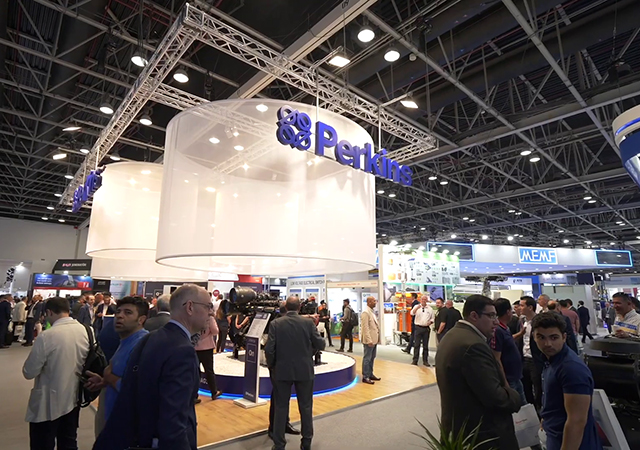
 The latest multimode product – a boost to data centres
The latest multimode product – a boost to data centres
Prysmian Group, a world leader in the energy and telecom cables and systems industry, recently presented its ground-breaking WideCap-OM4 multimode fibre.
The new OM4 multimode fibre it has developed is optimised for multi-wavelength systems. WideCap-OM4 multimode fibre delivers OM4 performance in the 850-950 nm window while maintaining compatibility with current laser-optimised multimode fibres. Traditional OM4 fibres offer high bandwidth in a narrow band centred at 850 nm. To satisfy the exponentially increasing information demand in data centres, the capacity of WideCap-OM4 has been extended to longer wavelengths up to 950 nm. WideCap-OM4 and multi-wavelength systems are a viable solution for 40, 100 and 400 Gbps transmission. WideCap-OM4 incorporates BendBright technology to deliver enhanced macro-bending performance.
“WideCap-OM4 is the first multimode fibre optimised for multi-wavelength systems; it extends the operating window of traditional OM4 fibres to 950 nm. Allowing the transmission of, for example, four channels in a 100 nm window WideCap-OM4 is a prime example of our commitment to drive the advancement of multimode fibres,” explains Marco van Dongen, sales and marketing director for optical fibre, Prysmian Group. “This advanced fibre in combination with multi-wavelength transceivers will likely be used in high-performance data centres operating at 40/100/400Gbps in the near future”.
The new fibre will be produced in the Eindhoven plant in the Netherlands, Prysmian’s centre of excellence for multimode fibre and the largest factory in the world for production of this fibre.
Optical fibre for smart grids
The Prysmian Group, which has made big advances in fibre cabling technology, has brought optical fibre to smart grids to guarantee sustainable, economic and reliable electricity supply and data transmission. In this way power grids will be able to achieve a synergistic and smart fusion between the actions of all their users, both producers and consumers.
The group, an active partner of utilities in developing connections for the world’s most important energy production and distribution projects, strengthens its commitment to smart grid development by going beyond the traditional cable concept and providing innovative fibre solutions that satisfy new grid requirements in terms of renewable energy, energy efficiency and environmental impact reduction.
“In the telecommunications sector technological innovation always goes hand in hand with innovation in materials and production techniques, which it often anticipates” said Alessandro Pirri, connectivity director, telecom business – Prysmian Group. “Today, the Smart Cities project requires a high degree of innovation but also clear rules for coordinated development of infrastructures, materials and services; cables and smart monitoring instruments are a key part of this modernisation process to ensure better use of electricity grids and greater environmental sustainability.”
The group has studied and developed a range of innovative fibre solutions to improve grid security and efficiency, by ensuring proper operation in all circumstances and conditions and thus preventing possible black-outs, failures and damages. This is the case, for example, of bend-insensitive optical fibre (BendBright), and Retractable Solutions, with an indoor version, called VertiCasa, and an outdoor version, known as RetractaNet. These solutions represent a major innovation because they improve the total cost of grid ownership by reducing construction and maintenance costs. Another advantage is that they greatly simplify the planning process for the installer, who no longer has to carry out long and expensive preliminary surveys of the prospective building site. More compact cables, for use in network ducts already used by telecom operators and installed with simpler techniques, also allow savings in the amount of material consumed.
These solutions have been deployed in different geographical areas around the world: in France, for example, Fibre-To-The-Home in urban areas has been mostly developed using VertiCasa, while in the Netherlands, RetractaNet has been installed in low density urban areas.










